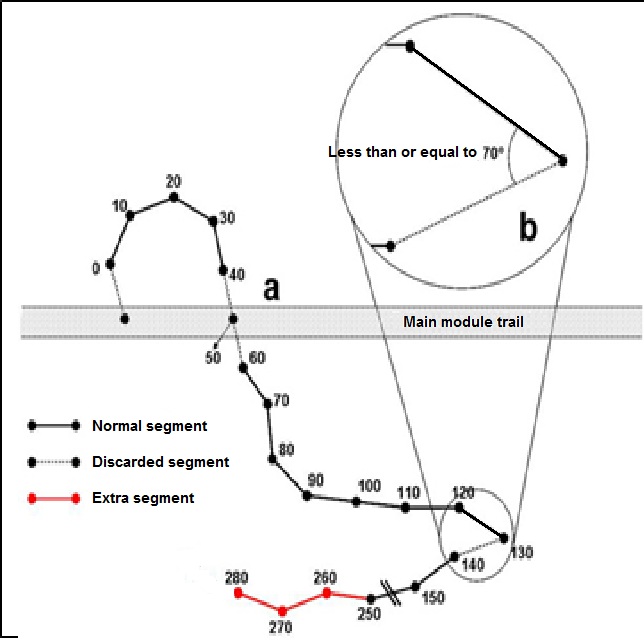Languages
RAPELD - A brief overview.
Our objectives were to develop a method that would be appropriate for long-term ecological studies, but that would permit rapid surveys to evaluate biotic complementarity and land-use planning in Amazonia. The Amazon basin covers about 7 million km2 . Therefore, even a sparse coverage, with one sample site per 10.000 km2 , would require about 700 sampling sites. Financial considerations limit the number of sites and investment at each site, but incomplete coverage makes evaluation of biotic complementarity difficult or impossible (Reddy & Dávalos 2003). Our next challenge is to install similar systems throughout Amazonia. The cost, based on modification of Al Gentry’s original design is moderate (less than US$ 50.000 per site if it is not necessary to immediately identify all vascular plants in plots) and we can obtain RAP results for most taxa in the short term at much lower cost. However, biological surveys will only be relevant if the local people participate and the surveys serve as much to teach the local communities about the value of their natural resources as they serve to teach the international community about biodiversity. Therefore, we want to see each site run as a long-term ecological research project by local people and institutions. Biological surveys are an important tool in land-use planning, but only the local people can implement those plans.
More information about
The dotted lines indicate segments that should be discarded from your sampling.


